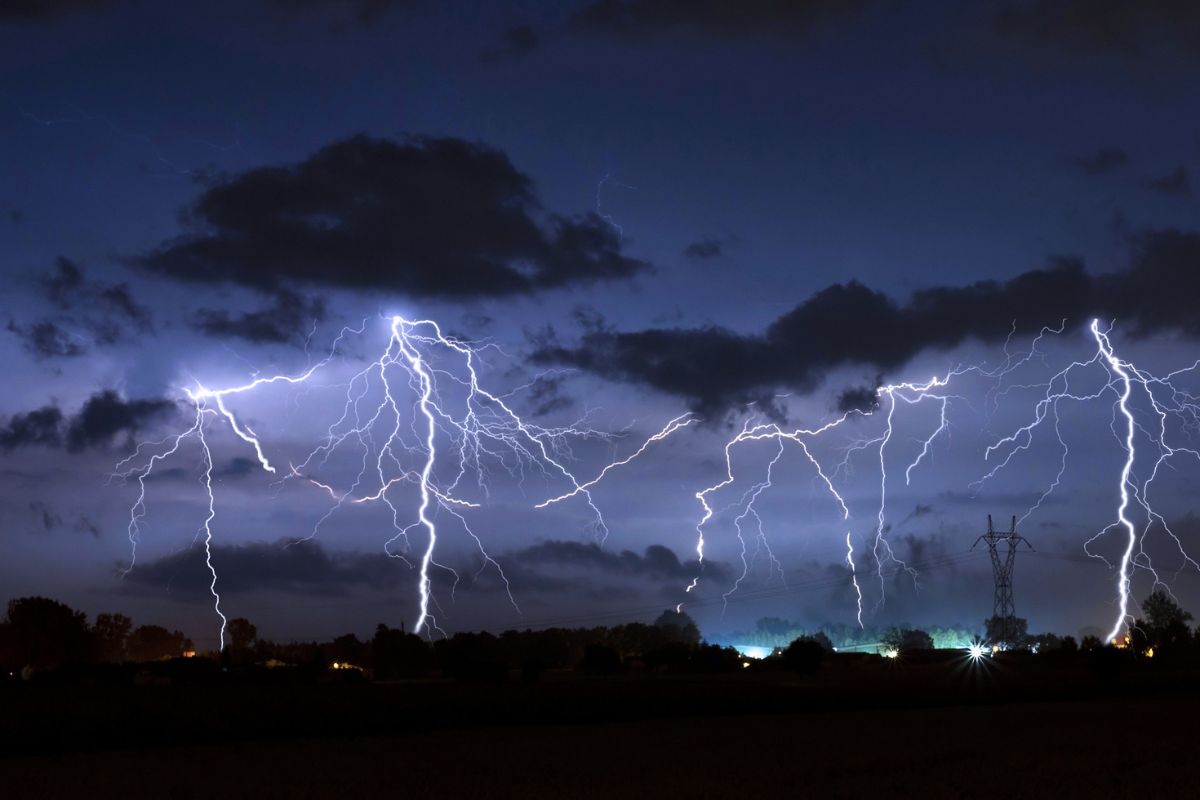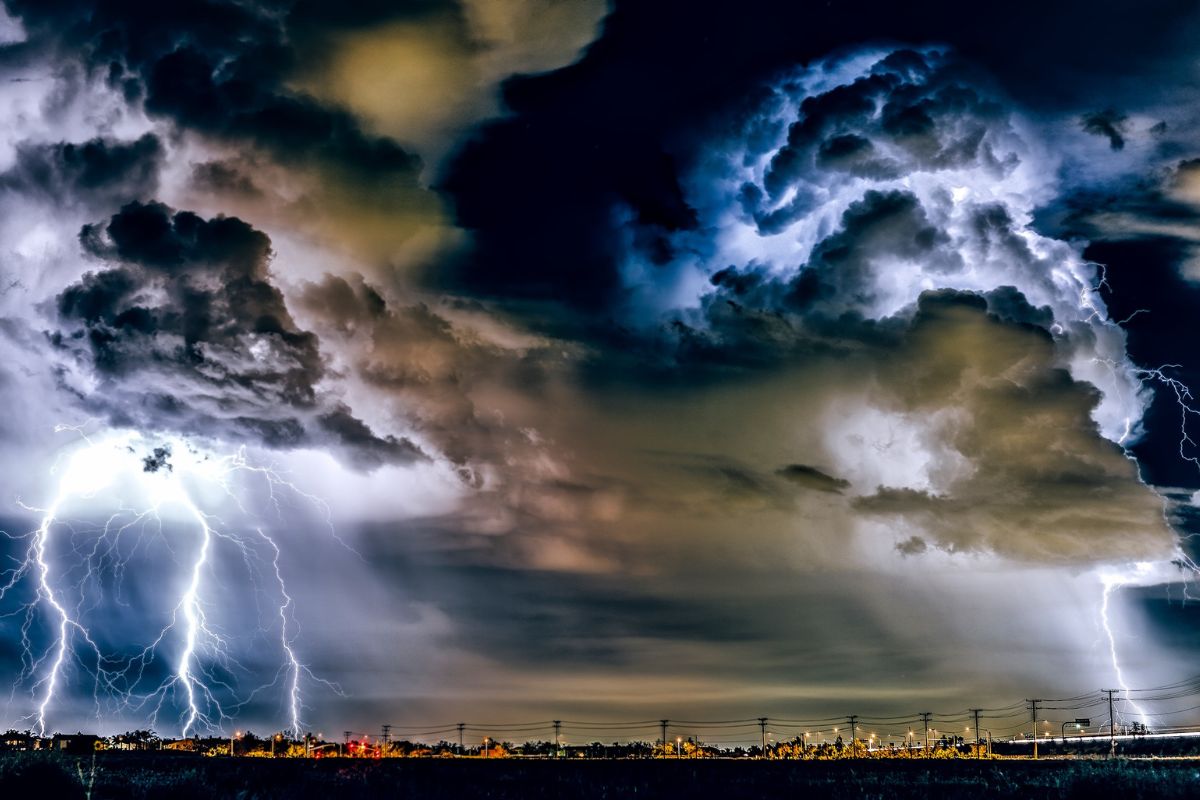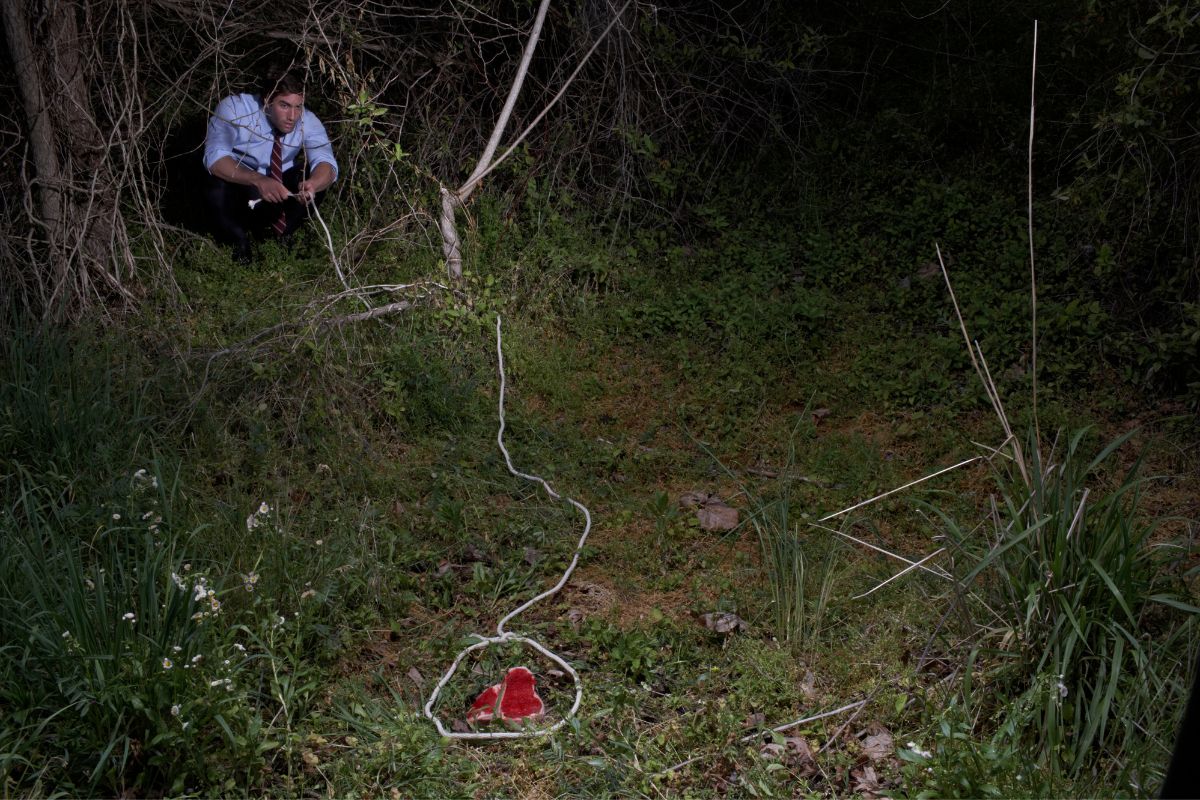There are many weather events that we are told to be aware of and to keep ourselves safe from.

One of the most destructive is a storm, as these events are characterized by strong winds and heavy rains.
If you live in certain areas, you have a lot more to be worried about when it comes to storms than other people do.
However, there is one type of storm that people particularly dislike and are wary of.
This is a T-storm, and they occur regularly along many areas in the southern United States. But what exactly is a T-storm?
Why are people concerned about their presence in the world?
In this article, we will look at t-storms, detail exactly what they are, and why they worry people so.
T-Storms: What Are They?
A t-storm or a thunderstorm is a form of storm that is characterized as being a violent, yet brief weather event that is made of dense clouds and is accompanied by thunder, lightning, rain or hail, and incredibly strong gusts of wind.
Thunderstorms occur when moisture that has been warmed by solar illumination (heat from the sun) rises in a huge updraft into the atmosphere.
These regions of the atmosphere are much cooler and the cooling of the moisture turns them into cumulonimbus clouds, which in turn become precipitation.
The cooled air then sinks back towards the ground as it becomes heavier and this causes strong downward air drafts and winds that flung horizontally, as the heavier weight in the atmosphere forces the wind into a smaller area, making it more pressurized and volatile.
The storm then moves onward in this fashion, staying afloat by being pushed up by the wind’s pressure.
It deposits water on the landscape, until the water is gone and the clouds then dissipate.
The lightning and electrical discharges that thunderstorms are known for occur because of the interior of the cloud itself.
Inside the storm, cooled moisture and ice (the particles of the cloud) are moved about and in their movement they bump into each other.
Other time, this builds and the constant static from their bumping and movement builds an electrical charge.
If the storm is big enough and the charge builds enough, then the pressure will mount and a critical mass of charge will develop, at which point an electrical current will flow between the cloud and the ground or between the clouds themselves, creating the lightning strikes we see.
The lightning then heats up the air around it rapidly, creating a huge shockwave that pushes the air incredibly quickly away from the area of impact, which is the noise that we call thunder.
Are T-Storms Dangerous?
Yes, thunderstorms can be incredibly dangerous, though not for the reasons that most people think.
Most people would assume that the lightning is the most dangerous part of the thunderstorm, and while getting struck by lightning is a terrible thing, it is incredibly rare and lots of people still survive it – normally, it is a 1 to 500,000 chance of being struck by lightning in a thunderstorm.

The truly dangerous aspect of thunderstorms is the variety of other natural disasters they cause and bring with them.
Flooding is the most common and dangerous aspect of a thunderstorm.
These storms often form after periods of dry, hot weather and drop huge amounts of rain onto a solid and poor-absorption rate soil – due to the heat.
The waters then quickly coalesce into huge deluges of water that sweep away people, animals, forests (Check out The Easiest Foods You Can Find In Eastern Forests) , and even towns.
The storms also bring incredibly high winds that can damage structures, blow people away, and even cause tornadoes to occur, which are even more destructive and can kill very easily.
Finally, lightning from thunderstorms can cause wildfires. As we said earlier, these storms often come after periods of hot, dry weather and so the grasses and vegetation are particularly vulnerable to fire.
All it takes is a spark – which the lightning provides – and the entire region could be ablaze.
Wildfires don’t go out until they’ve run out of fuel, and in such a scenario as this, the flames could burn for weeks.
As you can see, it is not the lightning you should fear, but the effect of the storm on the landscape.
Staying Safe During A T-Storm
The best way to stay safe during a thunderstorm is to get inside.
No matter where you want to be, it is best to stay in your home and apply common sense to any theoretical situation that may get you out of the house.
Once inside, light some candles and turn off the electricity until it passes, otherwise if the lightning strikes your home, you will still be safe just with a fried electrical circuit.
If you are trapped outside, then either find a strong structure – not a bus stop, bivouac, or tent – with four walls and a roof to get inside of or get down to a low-lying area that has a slight rise.
You do not want to be up high during a thunderstorm, otherwise you risk getting struck by lightning.
This also means avoiding potential lightning rods – trees, radio towers, lampposts, basically any tall object.
If you are in the car, pull over immediately and put your hazard lights on until the rain stops.
Also, try to keep your hands off anything metal in the car, that way the electricity cannot jump to you.
Finally, stay away from any outdoor water sources, particularly if you have to head to a low-lying area.
The reason we said to get to a slight rise at a low-lying point is because of flooding as well as lightning.
Thunderstorms bring rain and water sources can overflow with water, also lightning is attracted to large water sources.
Conclusion
T-storms or thunderstorms are scary and destructive weather events that occur commonly.
However, if you take the right precautions then you should have nothing to fear from them and all you have to do then is admire their strangely, powerful beauty.
- How To Make A Quick And Easy DIY Toilet For Camping - September 19, 2022
- How To Use A Knife For Self Defense - September 19, 2022
- How To Help The Elderly Recover From A Disaster - September 19, 2022








